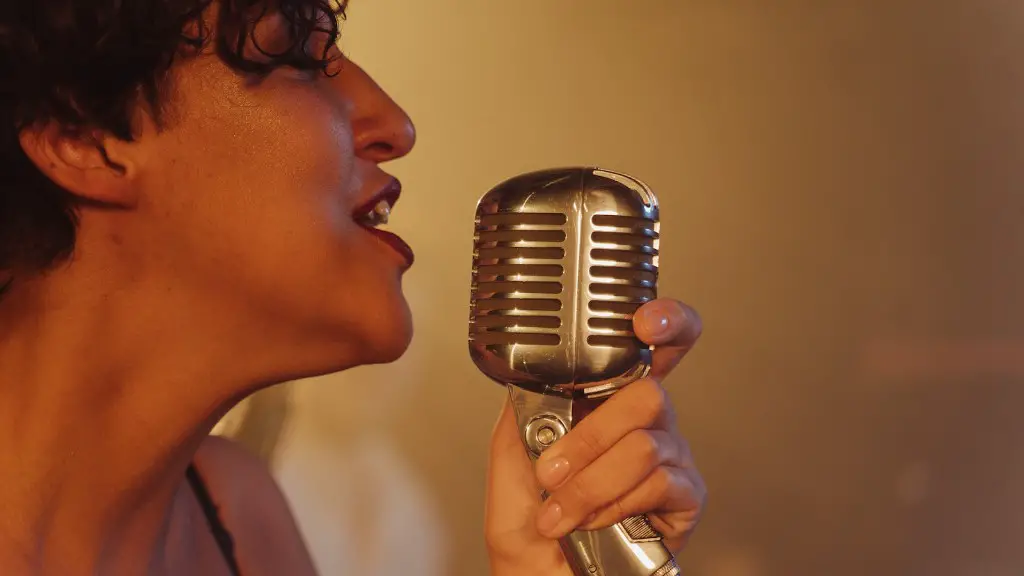If you’re looking to transition from basic drawings to bold, distinctive pop art, let’s get started. Whether you’re a beginner or an experienced pro, there’s something here that everyone can learn. Pop art isn’t something you can master in one sitting – it takes passion, practice, and playfulness.
It all starts with a great idea. Pop art often takes inspiration from the world around us. Look around your home, classroom, or neighborhood for everyday objects that are iconic, recognizable and fun. A good idea can become an amazing artwork with the right technique and materials.
Before you jump into it, you’ll need the essentials. You don’t need the top of the line tools to get in the pop art zone, but some basics are key – think markers, paints, paper, and canvas. These materials can help you take your passion to the next level.
Now it’s time to draw. Once you have your idea, design and materials ready, grab whatever tool you feel most comfortable with. Be sure to use bright, vivid colors for maximum impact. Try to use a light pencil if you can to sketch out a basic outline of the design before painting with more detailed markers and paints.
Finishing touches really tie everything together. When the design is complete, you’ll have the chance to make small adjustments to the pop art piece before hanging it up. Often it’s the subtleties that make the difference between a great pop art piece and a work of art.
1. Taking Inspiration from Everyday Objects
When thinking of something to draw, look at what’s around you – odd objects, interesting shapes, and everyday items can all be great sources for inspiration. Whether it’s a bike, a pair of shoes, or even a rubbish bin – you can use these items to create pop art.
Finding something to draw isn’t always the hardest part – tapping into your ideas can be the most challenging. To get the ball rolling, try to think of a meaningful story related to the object and use it as a starting point. Doing this can help you capture the message that you’re trying to convey.
When you’ve found something you’d like to draw, don’t be afraid to break away from the real world and create your own story. Pop art is often about self-expression and conveying a message, so don’t be afraid to stray from reality.
2. Must-Have Materials for Drawing Pop Art
If you’re serious about your work, you’ll need to stock up on some basic art supplies. When it comes to pop art, it’s the colors that make all the difference. Pop art is known for its vivid colors and bold strokes, so don’t limit yourself when it comes to selecting your materials.
Markers, paints, oils, and pastels can all work. A few general items that will come in handy are paper, canvas, paint brushes, palette knives, and a few other tools. Of course, all these items come in a variety of sizes and shapes, so consider what type of art you’ll be creating, and stock up appropriately.
Don’t be afraid to pick up some funky colors while you shop. Bright colors will usually be your best bet when it comes to creating pop art.
3. Drawing with Bold Colors and Lines
Once all your materials are ready, it’s time to get started on the art itself. Pop art is known for its hybrid of abstract and photo-realistic qualities, so strive for a mix of both. When you’re applying color and outlining shapes, use bold strokes and colors. Think big – you don’t want the colors to be faint or muted.
The edges of the artwork should be soft instead of sharp and defined. This lies at the heart of pop art – it’s all about creating a strong and vivid representation of life. One of the best techniques to keep in mind is to consider the colors and shapes separate, and to blend them together as you go.
Now that you know the basics of creating pop art, all you need is a healthy dose of creativity and imagination!
4. Finishing Touches to Enhance Your Artwork
When the artwork is nearly finished, it’s time to add the finishing touches. Even if you’re not an experienced artist, adding these small details to your work can transform it into something extraordinary.
Little things like small dots and squiggles, light and dark colour contrast, and soft highlights can bring the artwork to life. Keep in mind that too much contrast can be overwhelming for viewers, so try to stick to subtle changes.
If you’ve used 3D elements, such as glitter or sequins, be sure to layer them properly to give the artwork an extra dimension. When everything is said and done, step back and look at your work – have you created something that’s out of this world?
5. Exploring Different Themes
Pop art isn’t just about drawing and painting – it’s about exploring different themes. Whether it’s childhood memories, comic books, or fantasy worlds, there is something special in every topic that can be captured in art. Once you’ve selected a theme, it’s time to think outside the box.
Explore different ideas, combine concepts, and look for what has never been drawn before. If you’re stuck for ideas, look online for inspiration – there is a huge library of art that can help you spark new ideas.
Finally, be sure to practice. You won’t become a master overnight. Take your time and don’t be afraid to make mistakes – it’s all part of the learning process. You never know, one day you could become a world-renowned pop artist.

